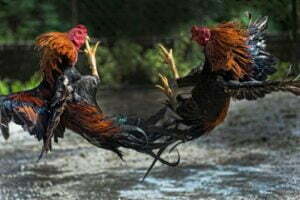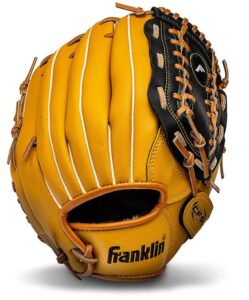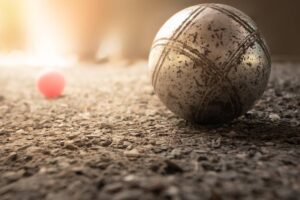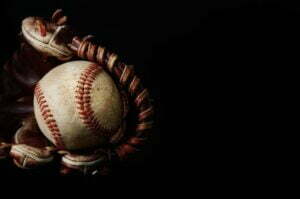Last Updated on 7 months ago by Nicky Johnson
Whether you’re new to the sport or a seasoned veteran, purchasing new blades or mallets can be a daunting prospect. It’s hard to know what to look for and even harder to ensure high quality.
Luckily, we’re here to help! In this short guide, we’ll take you through everything you need to know before purchasing your next blade/mallet. Let’s jump in.
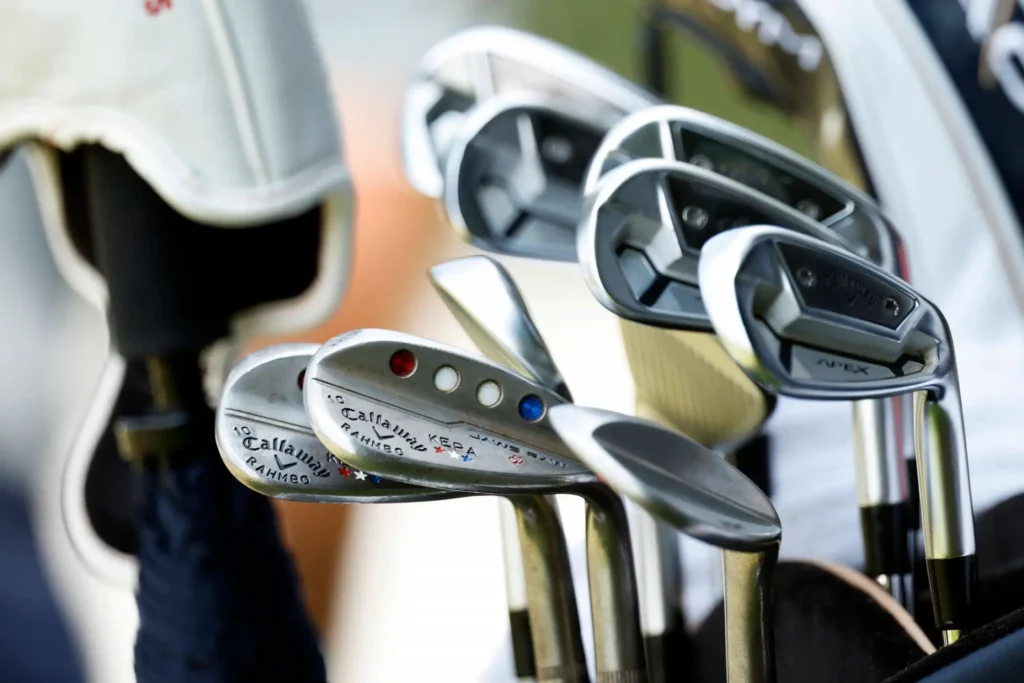
The Length of the Putter
Blog Contents
This is a critical component. Before looking into ‘how to measure putter length,’ you need to understand why you’re doing it.
A lot of it has to do with minimizing strain. Your arms should hang naturally as you prepare to putt. If you’re stretching or overexerting yourself, it could be a sign that you’re using the incorrect length.
2. The Design of the Head
While the length of your putter is essential for many reasons, like reducing strain, there are multiple other factors to consider, including the design of the head. If you’re relatively new to the sport, you might not realize several head designs are available.
The three you’re most likely to come across include blade, mallet, and peripheral-weighted. They each have their own strengths, with mallet heads designed to be most forgiving for beginners. Golf can be physically demanding, so paying attention to your equipment is essential.
3. The Face and Insert Type
Similar to how there are three main categories of head designs, there are also three key types of faces. These consist of metal-face, groove-faced, and insert-faced. Again, just like with the heads you choose, the insert you choose is entirely down to your personal play style.
Insert-faced putters are ideal for a softer feel, whereas groove-faced options provide greater grip. Which you choose all depends on what you prioritize!
4. The Shaft and Hosel
All great things come in threes, and the same is true of the different kinds of golf heads. With the shaft and hosel of your head, there are three types of putter positions:
- Center-shafted: Connects to the center of the head, suited to players who play with their eyes fixed just above the ball, perfect for straight swings.
- Hosel-offset: Bends backward toward the bottom of the shaft, allowing the player’s hands to move ahead of the ball upon impact.
- Heel-shafted: Connects directly to the putter head and is placed nearest to the player, right at the heel.
Each has its own pros and cons for your performance; it ultimately comes down to personal preference. Try experimenting with different combinations to find what’s right for you.
5. The Angle of the Lie
Finally, it’s time to think about the angle of the lie. Your putter should always rest flat against the green.
If your putter’s heel or the toe is dragging, it isn’t in the right position, which could significantly impact your performance. You won’t achieve any consistency in your swing if the angle of the lie isn’t just right.
Don’t Rush Into Any Purchase
If you’re new to golf, flying head-first into purchasing equipment can be pretty tempting. While this is understandable, it’s essential that you consider where you’re putting your money. Research your putters and buy from a reputable source.

